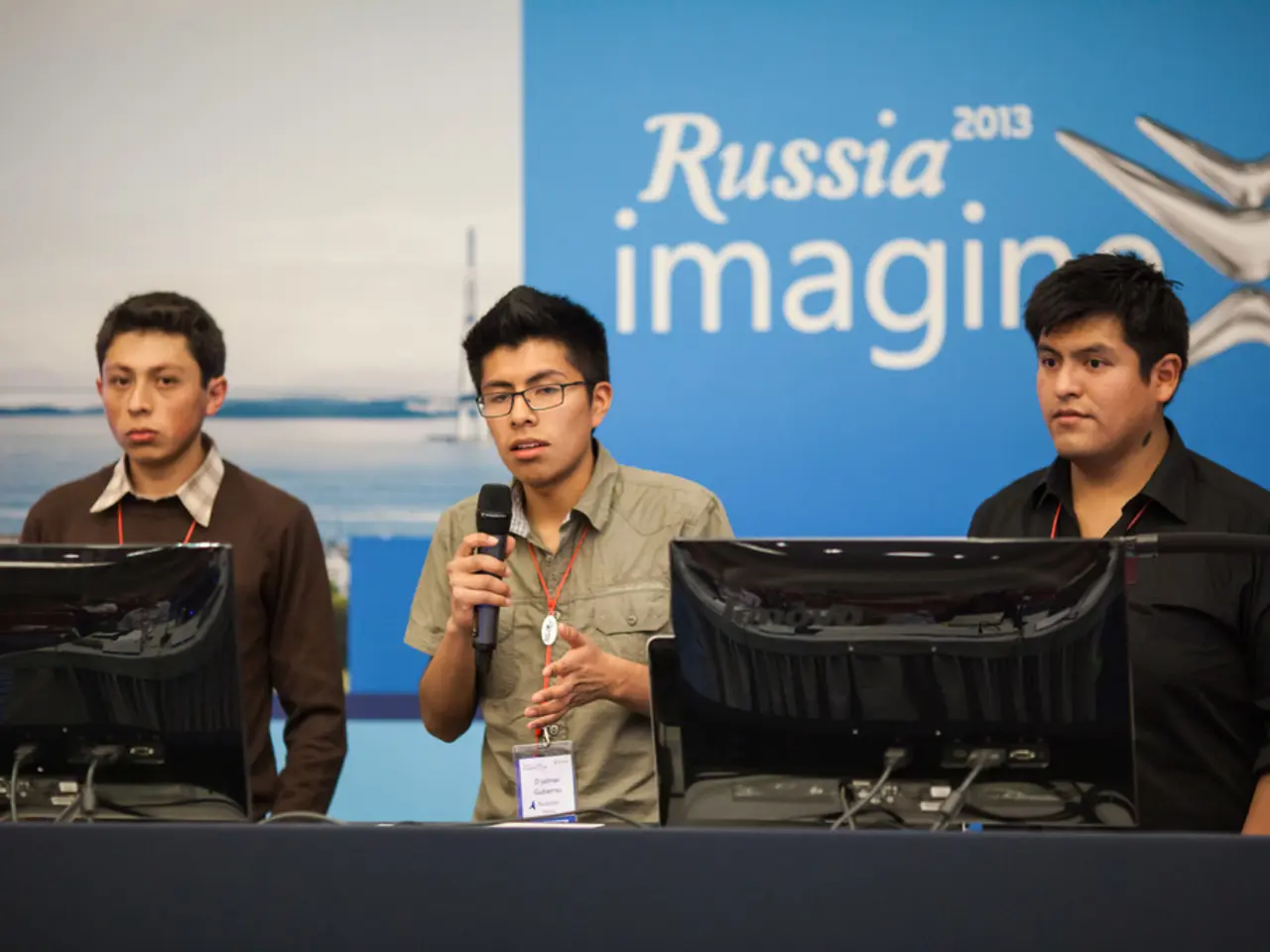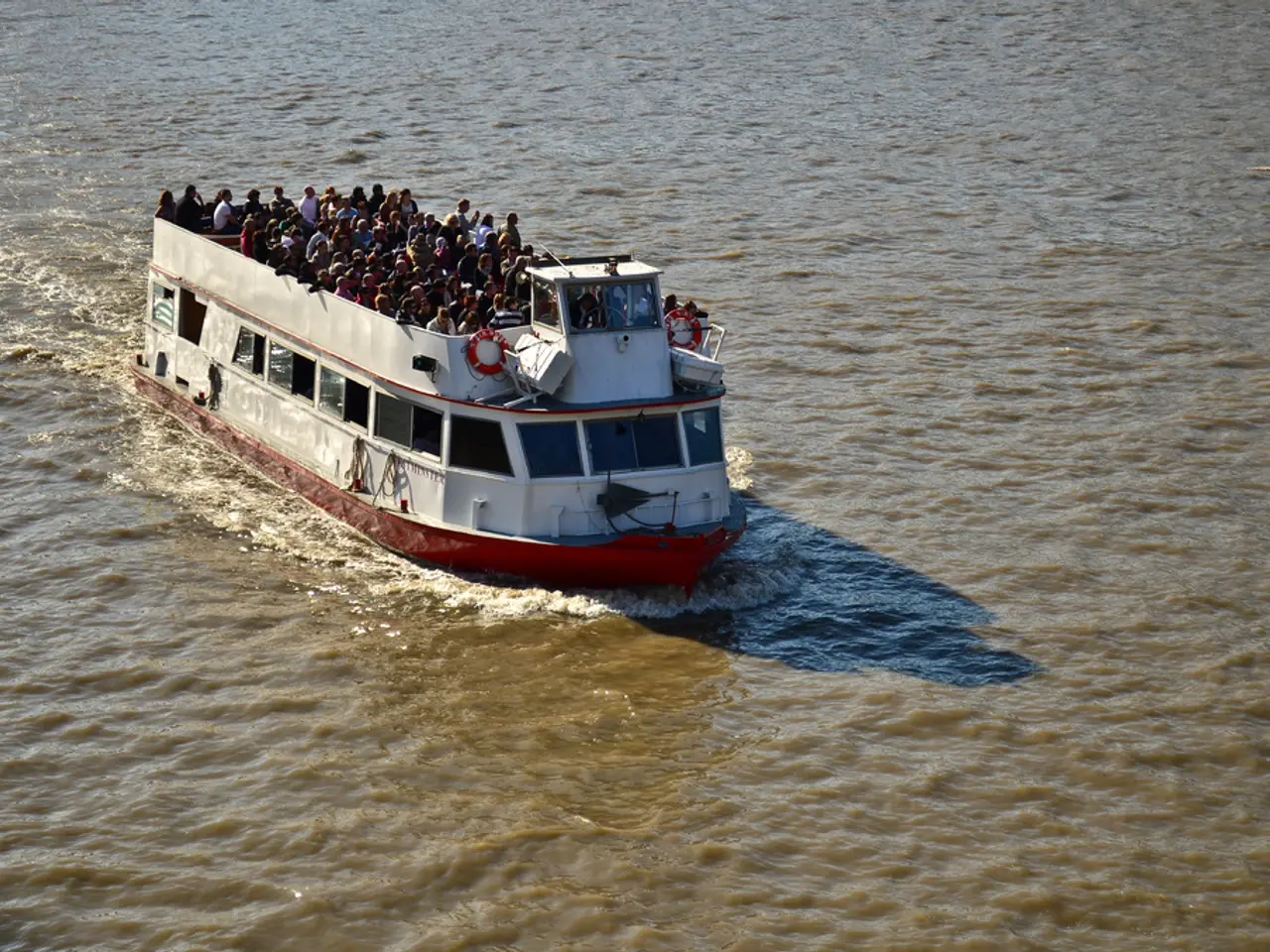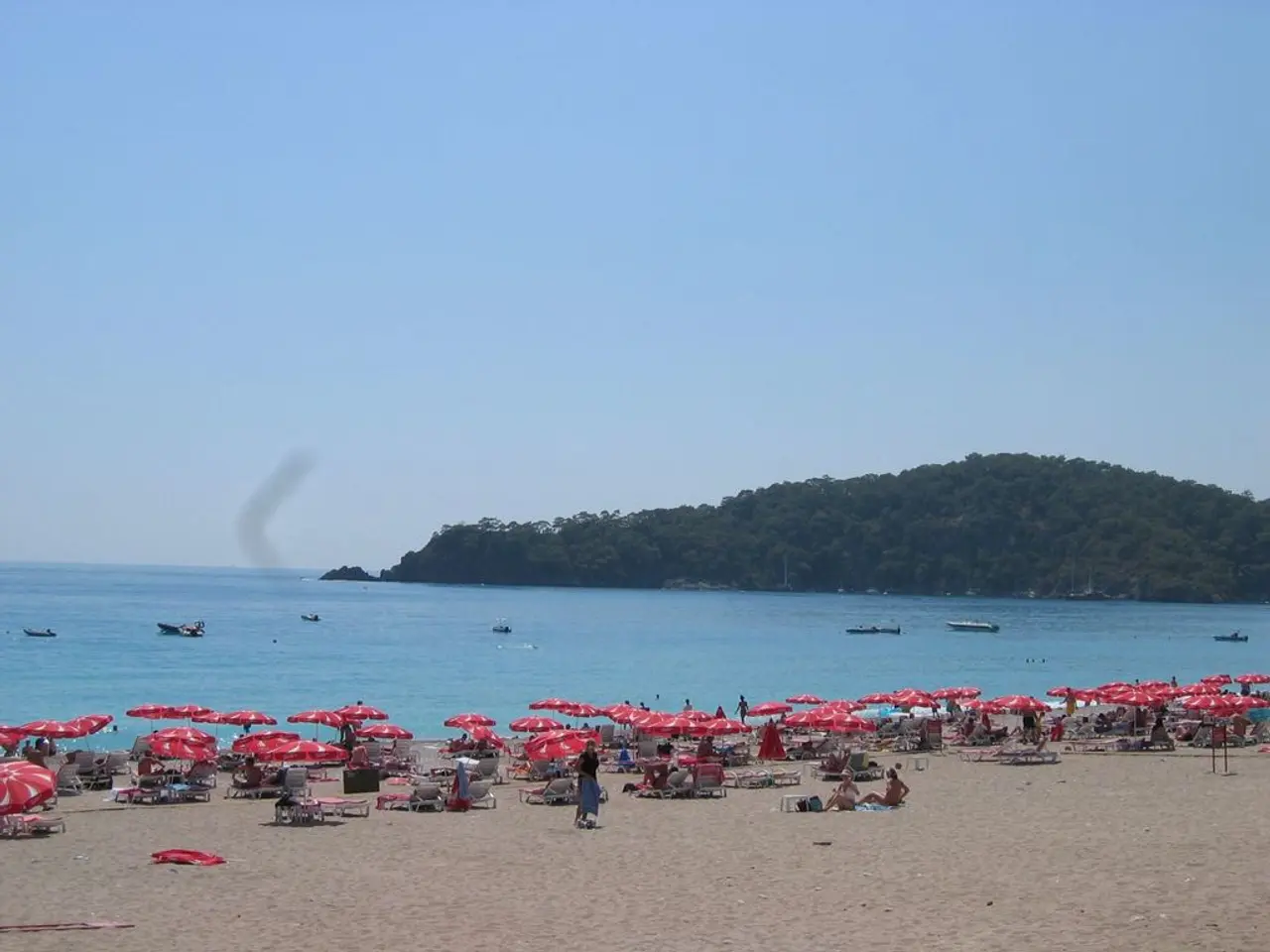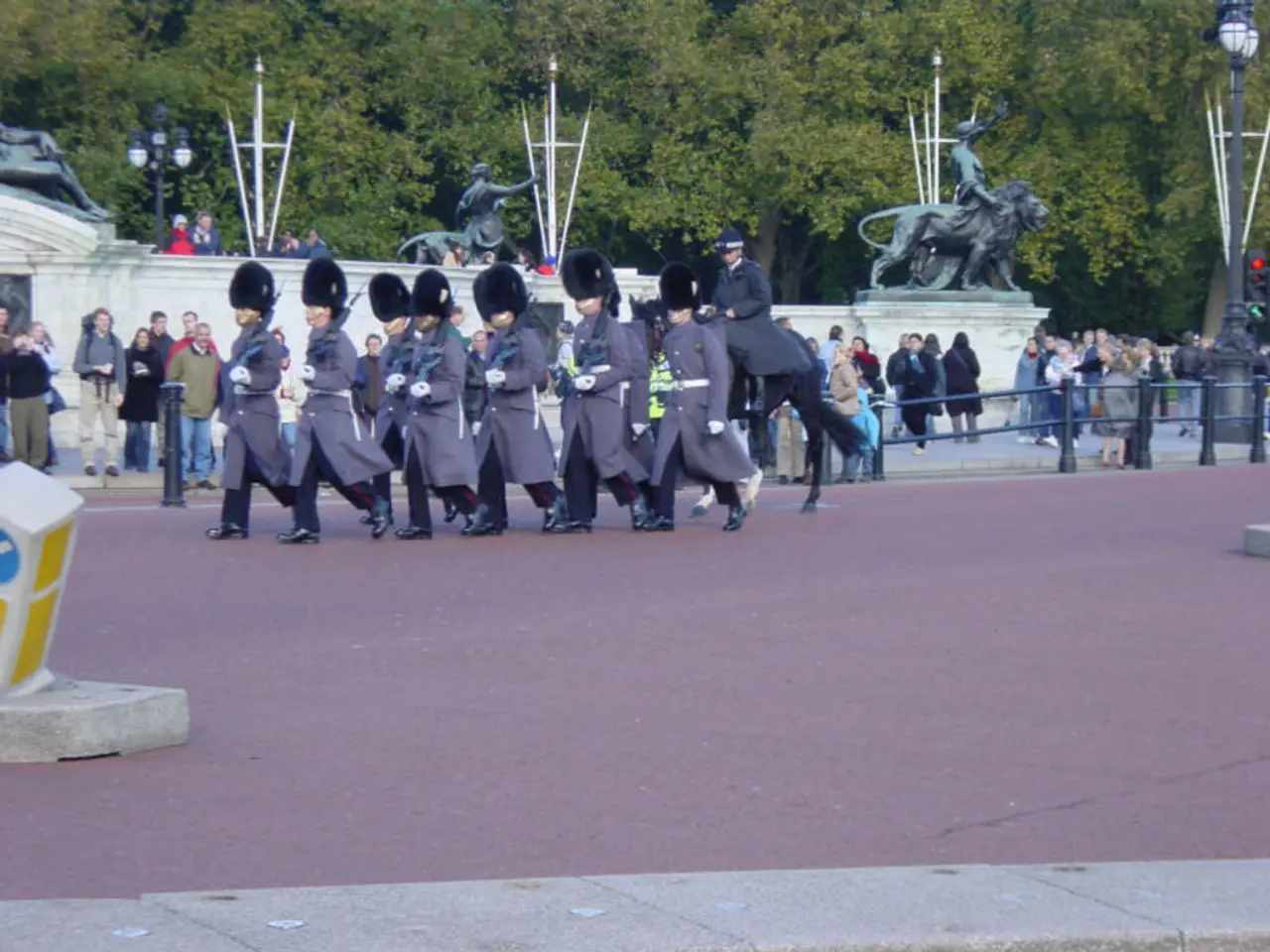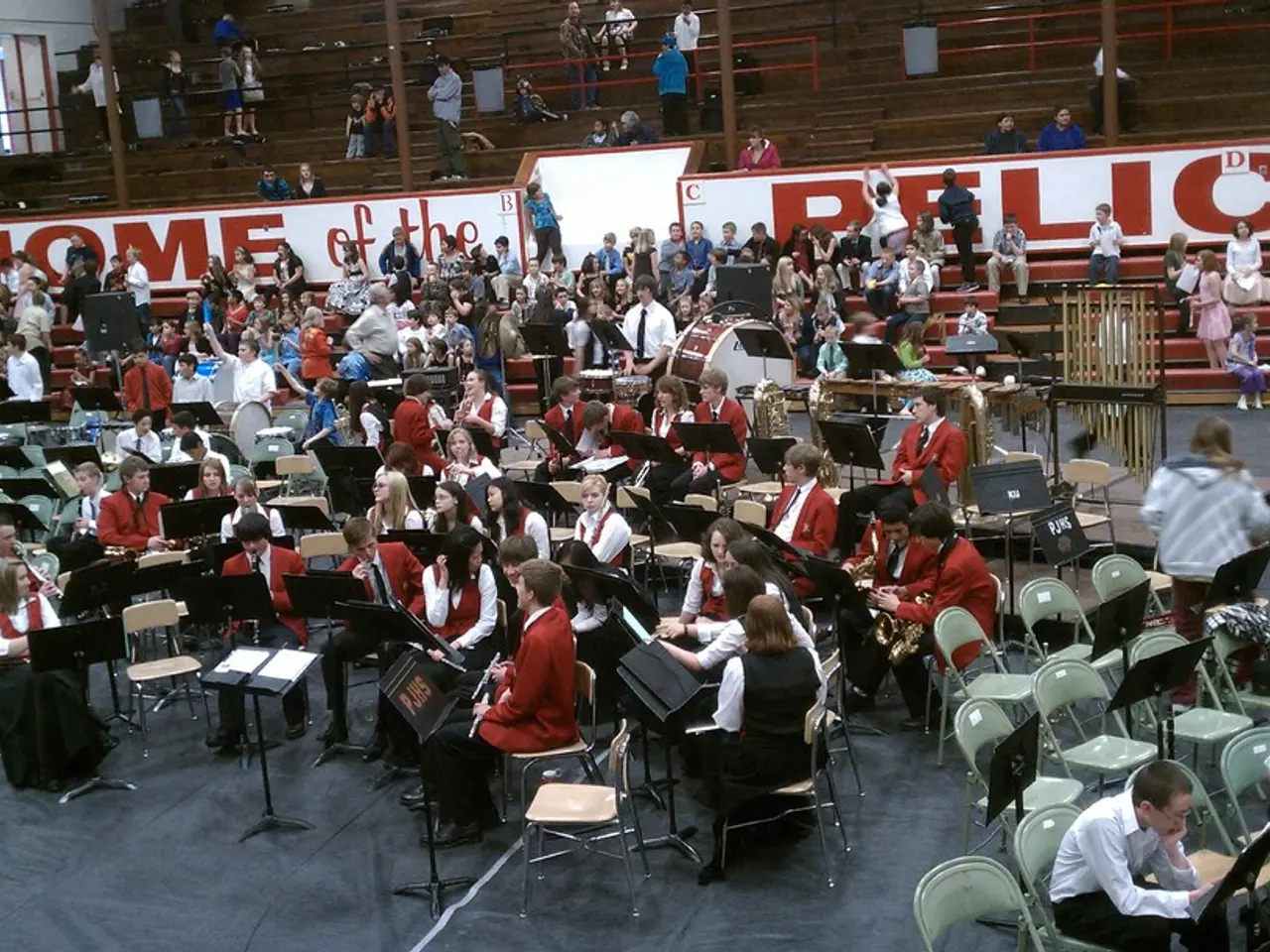Conflict Expansion: Donetsk, Luhansk, and Possible Additional Regions Involved
In a recent development, discussions regarding the end of the ongoing conflict in Ukraine have hit a roadblock. The key point of contention is Russia's demand for international legal recognition of its annexations and troop withdrawals from certain regions, a demand that Ukraine and the United States refuse to accept.
According to reports, US President Donald Trump and Kremlin leader Vladimir Putin are considering large territorial concessions by Ukraine as part of their plans for ending the war. This could potentially refer to small Russian army bridgeheads in Ukrainian frontline areas of Sumy and Kharkiv. However, the proposed end to the war involves Russia demanding that Ukraine legally recognise Russia's 2014 annexation of Crimea and four other regions — Donetsk, Luhansk, Zaporizhzhia, and Kherson — and require Ukraine to withdraw all its troops from these areas, effectively asking Ukraine to cede significant territory to Russia.
Russia, in its stance, insists on maximalist territorial demands that include Ukraine's capitulation: removal of Ukrainian troops from all the occupied and some unoccupied regions, official recognition of Russian-claimed territories, demilitarization and denazification of Ukraine, and neutrality regarding NATO. Russia has shown no willingness to compromise or negotiate territorial concessions less than full acceptance of these demands.
On the other hand, the United States under the Trump administration has proposed a peace framework that involves a ceasefire, limited land swaps, and a freeze in hostilities without formal recognition of Russian territorial claims. The U.S. suggests that neither Ukraine nor the West would recognise the 20% of Ukrainian territory Russia controls but would agree not to attempt to retake it by force, effectively a de facto territorial concession. Meanwhile, the 80% of Ukraine is recognised as a sovereign state with the right to self-defence and alignment choices, including EU membership. The U.S. also supports limiting NATO presence in Ukraine and scaling back sanctions on Russia alongside the peace process.
Ukraine, however, firmly rejects any territorial concessions or "swapping of territories," viewing such proposals as unacceptable. Ukrainian officials have quickly dismissed ideas of swapping territories or recognising Russian control over occupied regions. Ukraine’s position is to reclaim its full sovereignty without ceding territory to Russia.
Through its conquests in the south, Russia has created a land bridge to the Crimean Peninsula, which it annexed in 2014. The wide Dnieper River separates the two regions controlled by Russia and Ukraine. Russia has already occupied parts of the Donetsk and Luhansk regions since 2014 and renamed them as "people's republics". Ukrainian defenders still hold only a few square kilometers in Luhansk, but still control a quarter of the territory in the heavily contested Donetsk region.
The southern Ukrainian regions of Zaporizhzhia and Kherson are unclear regarding their fate, as Russia has annexed them but only controls part of them. This would mean ceding several thousand square kilometers of territory and strategically important cities by the Ukrainian army.
A summit meeting between Trump and Putin will take place on August 15 in the northern US state of Alaska. However, the White House initially spoke of a follow-up trilateral meeting with Zelensky after Trump’s second meeting with Putin, but Moscow has invited Trump to a second meeting in Russia, excluding Zelensky again. Trump's ultimatum to Putin to stop the war expired and was dissolved in the preparations for the summit.
In response to the choice of Alaska as the venue for the Trump-Putin summit, President Zelensky criticized the decision, stating that it is far from the war in Ukraine. Despite Trump's stated desire to end the war, he has put pressure on Ukraine, not Russia, since his inauguration.
As negotiations continue, the future of Ukraine hangs in the balance, with Russia pushing for territorial concessions, the U.S. advocating for a face-saving framework involving frozen territorial status without formal recognition, and Ukraine opposing any loss of territory to Russia.
- The ongoing discussions on the end of the conflict in Ukraine have been centered around political matters, including war-and-conflicts, as the United States and Russia contest Russian territorial demands over annexed regions like Crimea and others.
- The general-news coverage of the Trump-Putin summit in Alaska highlights the stark differences between the US and Ukraine's stance regarding territorial concessions and the recognition of Russian-claimed territories, with Ukraine vehemently opposing any loss of territory to Russia.
